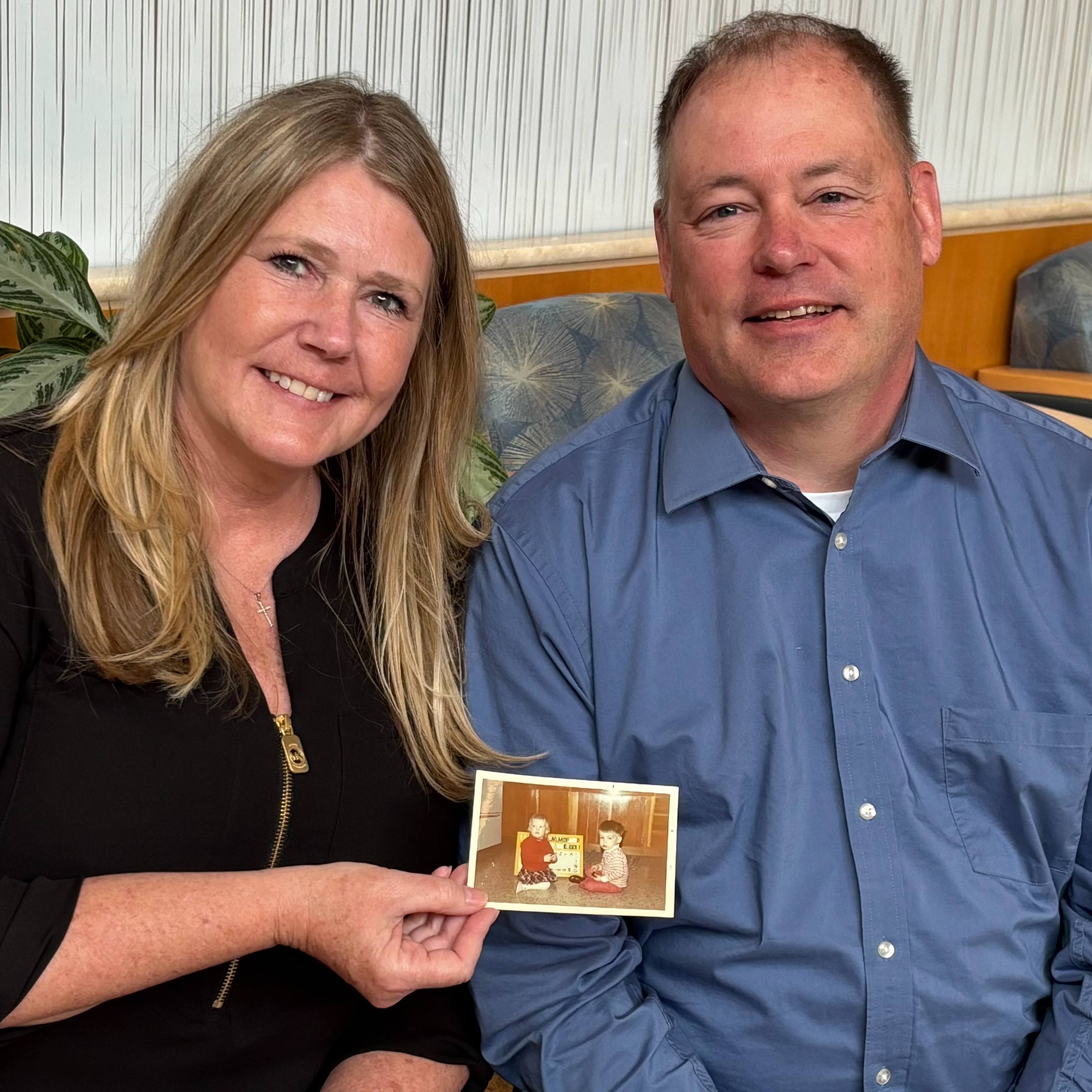-
Mayo Clinic: Big Toe Isn’t Biggest Culprit in Gout Flare-Ups; Other Joints Tied to Higher Risk
MADRID — The painful rheumatic condition gout is often associated with the big toe, but it turns out that patients at highest risk of further flare-ups are those whose gout first involved other joints, such as a knee or elbow, Mayo Clinic has found. The study is among several that Mayo researchers are presenting in Madrid at the European League Against Rheumatism's annual meeting. In other findings, Mayo discovered a clue to why lupus tends to be worse in African-Americans; chronicled erratic blood pressure in rheumatoid arthritis patients; found gout-like deposits in the joints of people with advanced osteoarthritis and examined why smoking doubles the risk of developing rheumatoid arthritis.
MULTIMEDIA ALERT: Video of Dr. Matteson is available for download from the Mayo Clinic News Network.
In the gout study, researchers followed 46 gout patients for a mean of roughly 13 years. Most of the patients were male, and the mean age at which gout appeared was 66. They found that even though people usually associate gout with the big toe, the patients at highest risk for subsequent bouts with gout pain had gout originate in another joint, says co-author Eric Matteson, M.D., rheumatology chair at Mayo Clinic in Rochester, Minn.
"Because patients often think that a gout flare-up means their medications are not working, they may stop medications like allopurinol. It is especially important for these patients to continue taking gout medication to prevent flare-ups," Dr. Matteson says.
In other studies:
- Researchers found that African-American lupus patients with certain autoantibodies (anti-RNA-binding protein autoantibodies) have higher levels of interferon, a protein involved in inflammation."We know that African-American patients have worse lupus than patients who are Caucasian. We haven't really understood exactly why that is," says Dr. Matteson, who wasn't a co-author. "This increased expression of interferon may be one of the keys why African-American patients have worse lupus."The study will help researchers zero in on potential treatment targets, which might be different for African-American lupus patients than for white patients, he says.
- Long-term blood pressure variability in rheumatoid arthritis patients and its impact on heart health was studied using patient data in the National Institutes of Health-funded Rochester Epidemiology Project. The finding: Rheumatoid arthritis patients had higher variability in their systolic blood pressure (the top number of a blood pressure measurement) from one health care visit to another than those without the disease, and that erratic blood pressure was linked to heart disease."Those patients are more likely to have cardiovascular disease. Doctors should be particularly careful to manage their cardiovascular risk," says Dr. Matteson, a study co-author.
- In the osteoarthritis study, researchers used X-ray images known as CT scans to examine the joints of patients with advanced osteoarthritis. They spotted uric crystal deposits around joints similar to those that plague gout patients; however, the osteoarthritis patients didn't show symptoms of gout. Mayo plans more research to determine whether the crystals contribute to the severity of osteoarthritis or are simply a byproduct of it, says Dr. Matteson, who didn't take part in the study.
- Researchers examined how cigarette smoking promotes development of rheumatoid arthritis. Smoking doubles the risk of developing the disease. The study suggests that in those with a genetic predisposition to a particular immune response, smoking triggers immune system cells known as dendritic cells and leads to rheumatoid arthritis, an autoimmune disorder, says Dr. Matteson, who wasn't a co-author.
For interviews with Dr. Matteson and other Mayo Clinic rheumatologists on these and other studies presented at EULAR, please contact Sharon Theimer in Mayo Clinic Public Affairs at 507-284-5005 or newsbureau@mayo.edu.
About Mayo Clinic
Mayo Clinic is a nonprofit worldwide leader in medical care, research and education for people from all walks of life. For more information, visit http://www.mayoclinic.org/about and www.mayoclinic.org/news.
Journalists can become a member of the Mayo Clinic News Network for the latest health, science and research news and access to video, audio, text and graphic elements that can be downloaded or embedded.







